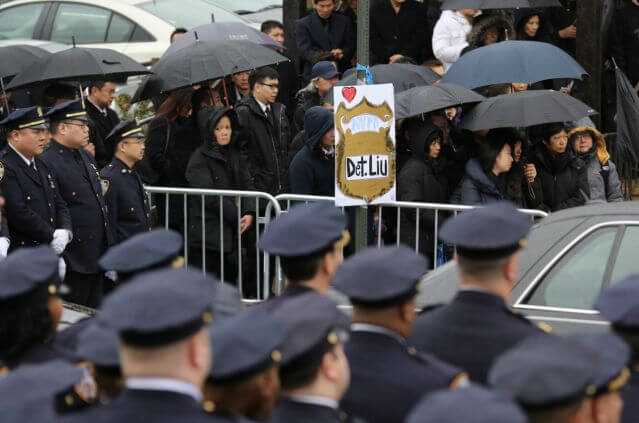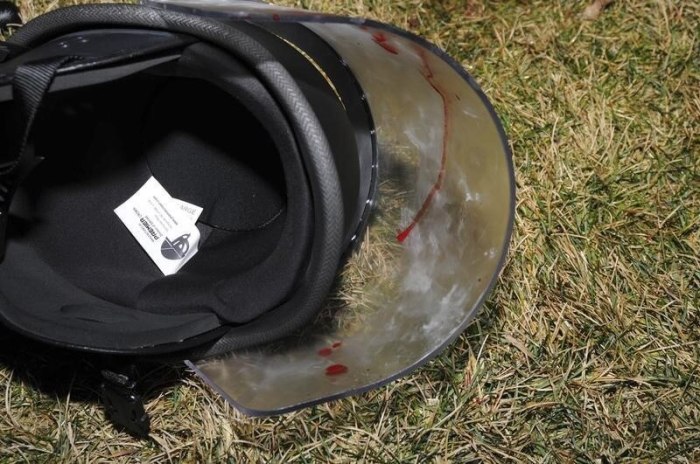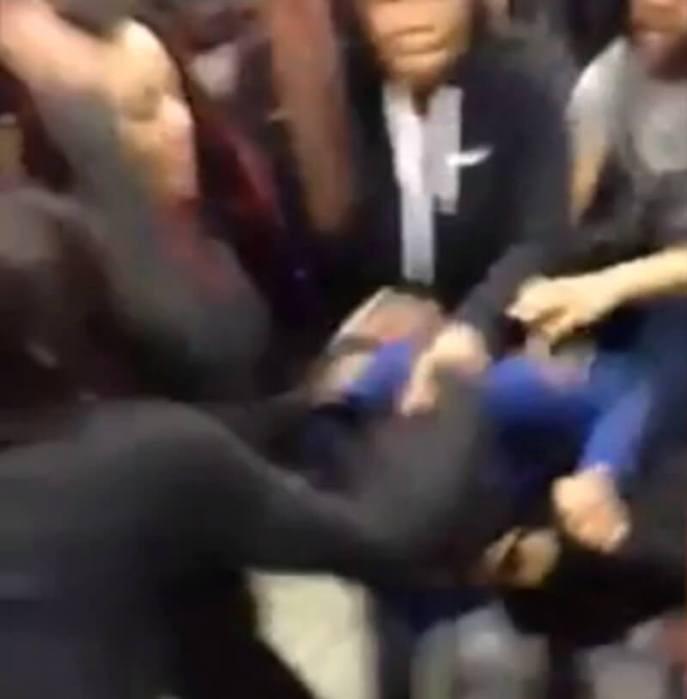Another day, another deliberation for the 12 jurors in the Etan Patz murder trial tasked with deciding Pedro Hernandez’s fate.
Thursday was the 17th day of deliberations in the trial. Hernandez is accused of kidnapping 6-year-old Etan Patz from a SoHo street in 1979 when he was walking to his bus stop, and killing the child. Patz was the first missing child to be featured on a milk carton. Hernandez, 54, confessed to the crime in 2012, but his defense attorney maintains he was coerced and is mentally ill. Another man Jose Antonio Ramos, who is a convicted child molester, was previously a suspect in the case. So far, jurors have told State Supreme Court Justice Maxwell Wiley they have been unable to reach a verdict twice. On Tuesday, Wiley urged jurors to try again. This is the longest deliberation in the last 30 years in the city courts, the New York Times reported. Metro spoke with James Cohen, an associate law professor at Fordham University School of Law and long-time defense attorney about how long the deliberations could go on. Metro: What happens to jurors after they deliberate for two weeks?
Cohen: What’s going on is interesting. On Tuesday, around 12:30, they complained that they couldn’t reach a verdict, and the judge ignored that and basically told them it’s important for them to make a decision and they should continue to talk. They reconvened on Wednesday and no one had heard from them since. I think there’s a distinct possibility they are unaware that they can come back and say we still can’t reach a verdict. In other words, they may be talking, putting whatever differences aside, but they may be saying ‘wait a minute, we already asked and the judge refused to discharge us, so why are we continuing to go back to the judge and ask when he’s just going to say no?’ So who knows, they may compromise and reach a verdict one or more of them would not otherwise have reached, which would be unfair to one side or the other. Could they come back a third time and have the judge say keep trying?
If they come back a third time, particularly a full day later, then it becomes a much more significant issue on appeal. There’s already strong-ish grounds if they come back with a conviction for the appellate court to set the conviction aside, on the grounds the jury was effectively coerced into reaching a verdict. But if they come back again and say we still can’t reach a verdict, don’t send us back again, it will be more powerful grounds, and i think the judge will grant the request to discharge them. Is it up to the jury to know they are allowed to be deadlocked?
It’s interesting to me no one can tell the jury what they can or can’t do. So the judge is not going to say ‘if you still can’t reach a verdict, come back and tell me.’ The fear in the system is if you alert jurors to the possibility that they could become deadlocked, they will talk for 10 minutes and say I guess we can’t agree, so we better go back and tell the judge we’re deadlocked. So they want to avoid that, basically at all costs, a hung jury. It’s a distinct possibility that they could reach a verdict that comprises one or more persons views, only because they weren’t aware they could ask. That would not be justice. What questions remain at this point?
Let’s assume it is a hung jury. What happens next is the question. The first fact that will be looked at is what is the split, in particular the prosecution will want to know how many people voted for conviction and how many people voted for not guilty. If it’s one person who was the lone holdout with 11 others, then the prosecutor is more likely to bring the charges again. And if the reverse is true, if one person was holding out for conviction and all the 11 others were in favor of acquittal, it seems to me there’s less chance the prosecutor would bring charges again. No other jury is going to have a better shot at making this decision, the evidence is really not going to change that much, each side has had a preview they otherwise would not have had, and that will make it both easier and harder in some ways for each side to try the case.


















